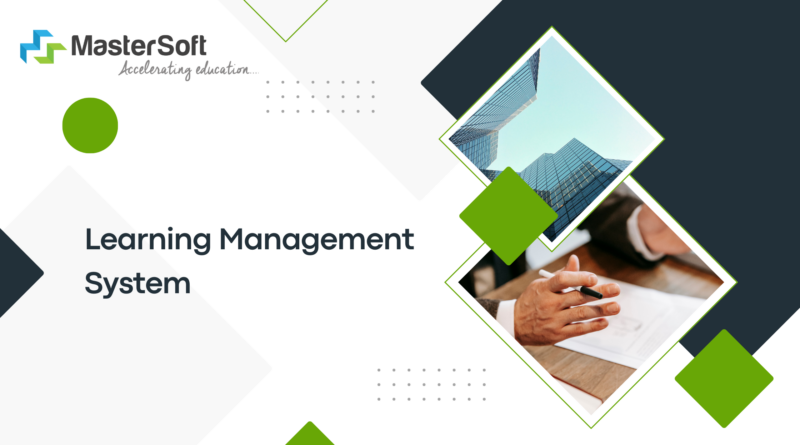Transforming Education with a Learning Management System (LMS)
Introduction
The digital transformation in education has made managing learning processes more streamlined and accessible. A Learning Management System (LMS) plays a pivotal role in this evolution, offering tools that facilitate course management, content delivery, and student engagement. This article explores how LMS solutions are reshaping modern education by providing efficient, flexible, and scalable learning experiences.
What is a Learning Management System?
A Learning Management System is a software application that manages educational content, tracks learner progress, and supports collaboration between students and instructors. It serves as a virtual hub for organizing, delivering, and assessing educational programs in schools, universities, and corporate training environments.
Core Features of a Learning Management System
- Course Management: Allows educators to create, organize, and deliver courses online.
- Content Hosting and Sharing: Supports uploading of multimedia materials like videos, documents, and quizzes.
- Assessment Tools: Enables the creation of assignments, quizzes, and exams with automated grading options.
- Progress Tracking and Reporting: Monitors student performance and generates detailed reports.
- Communication Tools: Provides chat, discussion forums, and messaging for real-time collaboration.
- Mobile Access: Offers on-the-go learning through mobile-friendly platforms or apps.
Benefits of Implementing a Learning Management System
1. Enhanced Accessibility
Students can access courses and materials anytime, anywhere, fostering flexible learning opportunities.
2. Centralized Content Management
All learning resources are stored in one place, simplifying organization and access.
3. Personalized Learning
Adaptive learning paths allow instructors to tailor content to individual student needs.
4. Cost-Effective Training
Reduces expenses associated with printing materials and conducting in-person training sessions.
5. Automated Administrative Tasks
Streamlines grading, attendance, and progress tracking, saving time for educators.
Applications of Learning Management Systems
In K-12 Education
- Blended Learning Models: Combines traditional teaching with online resources.
- Homework Submission: Allows students to upload assignments and receive feedback digitally.
In Higher Education
- Course Scheduling and Registration: Manages enrollment and access to course materials.
- Research Collaboration: Facilitates group projects and shared research activities.
In Corporate Training
- Employee Onboarding: Delivers orientation programs efficiently to new hires.
- Skill Development: Offers continuous learning opportunities for professional growth.
Choosing the Right LMS
- User-Friendly Interface: A simple and intuitive design enhances user engagement.
- Customization Options: Look for a system that can adapt to specific institutional requirements.
- Scalability: Ensure the platform supports growing user bases and content libraries.
- Security Features: Prioritize platforms with data encryption and secure authentication.
- Integration Capabilities: Compatibility with existing systems like CRM and ERP is crucial.
Future Trends in Learning Management Systems
- AI-Powered Learning Analytics: Provides insights into student behavior and learning patterns.
- Gamification: Enhances engagement through points, badges, and interactive challenges.
- Microlearning Modules: Delivers short, focused content for efficient skill acquisition.
- Virtual and Augmented Reality Integration: Creates immersive learning experiences.
Why Organizations Need a Learning Management System
In the fast-evolving world of education and training, relying on manual processes limits scalability and efficiency. A Learning Management System centralizes learning resources, automates administrative work, and supports diverse teaching and training needs. It’s a powerful tool for improving educational outcomes, fostering collaboration, and staying competitive in the digital age.
Conclusion
Adopting a Learning Management System transforms how educational content is delivered and managed. From schools to corporations, it provides an efficient, engaging, and scalable solution to meet learning demands. Investing in an LMS enhances learning experiences, streamlines processes, and creates opportunities for growth and success.




